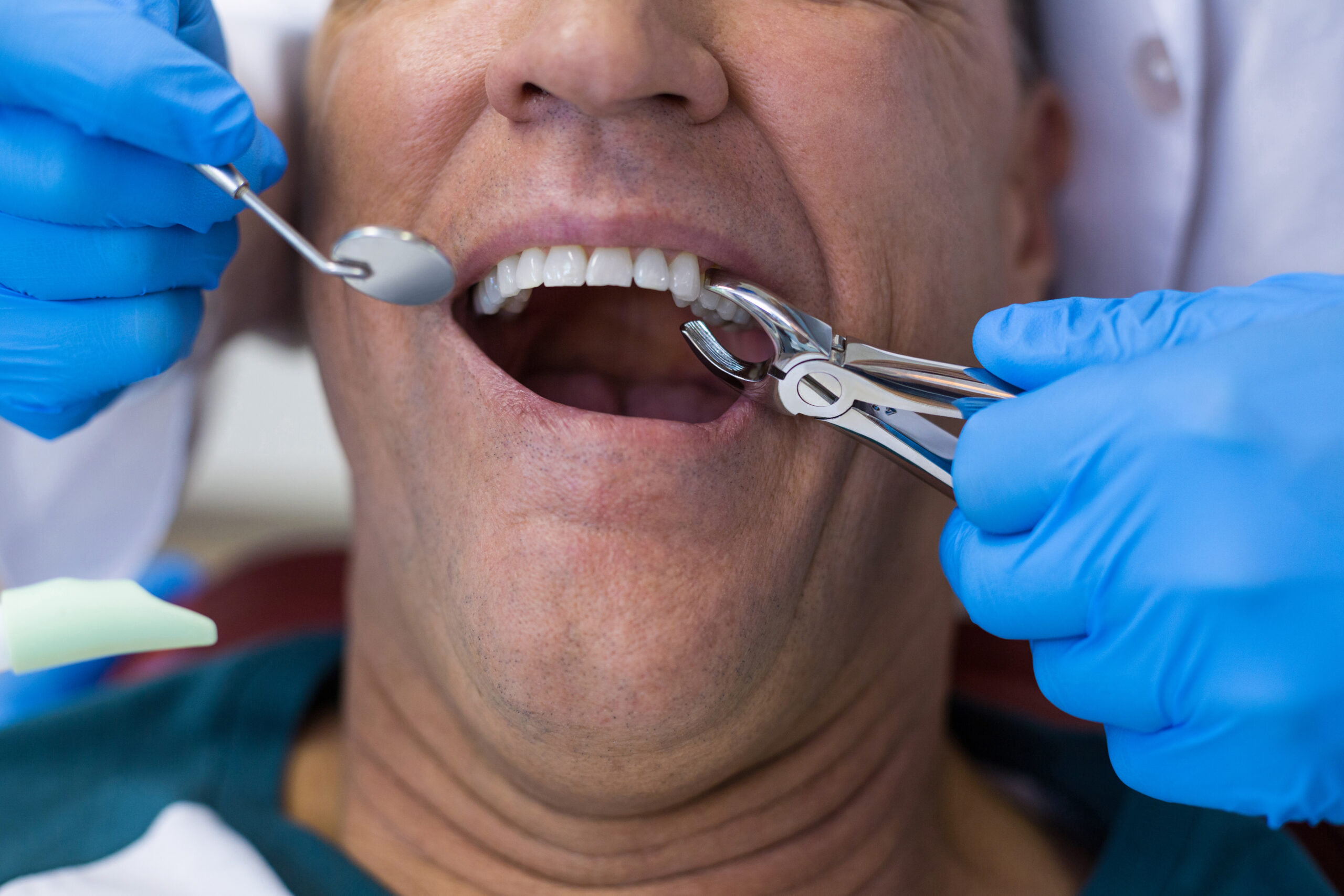
Not only is that persistent toothache annoying, but it may also be an indication of something more serious going on behind the surface. Sometimes extracting the problematic tooth before it causes further harm is the best thing to do, regardless of the cause—severe decay, an infection, or overcrowding.
However, how can you tell if it’s time to let go of a problematic tooth? Let’s explore the main symptoms that suggest you may require a tooth extraction—and what to anticipate if you do—because ignoring the warning signs can result in more serious oral health problems.
How To Know If You Require Tooth Extraction?
Maybe it’s time for you to see a dentist if you’re dealing with any of the following problems.
- Without timely treatment, large cavities or abscesses can spread and occasionally need to be extracted.
- Severe periodontal disease can impair teeth’s support, which can lead to teeth shifting or becoming loose.
- This pain and illness can come from misalignment or impacted wisdom teeth.
- An extraction may be required if a tooth is too damaged or fractured to be healed.
According to studies, infection eventually necessitates the tooth extraction of at least one wisdom tooth in over 85% of adults.
What To Anticipate While Having Your Teeth Extracted?
Don’t worry if a dentist suggests an extraction; it’s a simple and frequent treatment. What to expect is as follows:
Before The Treatment Begins
- To evaluate the condition, the dentist will examine the tooth and take X-rays.
- To prevent pain during the extraction, local anesthesia will be used to numb the area. Sedation may be utilized in more complicated cases.
During The Treatment
- If the tooth is visible, the dentist may use forceps to carefully extract it after loosening it using an elevator.
- A little incision can be made in the gums if it is damaged or impacted.
After-Extraction Care and Recovery
Take these crucial aftercare actions to heal faster than expected and protect your oral health.
- To close the bleeding, bite on gauze for 30 to 45 minutes.
- To lessen swelling, apply ice packs every 15 minutes.
- When necessary, take over-the-counter medications or prescribed painkillers.
- Limit your diet to soft foods like smoothies, mashed potatoes, and yogurt.
- To avoid dry socket, refrain from smoking and use a straw.
Put Your Oral Health First!
Now you know that even though tooth extractions can be frightening, they are frequently required to avoid more serious issues. Don’t ignore the warning symptoms mentioned here—immediate treatment can save your smile.
Make an appointment with our dentist to discuss your options if you believe you require an extraction. It is worth it for your dental health.

